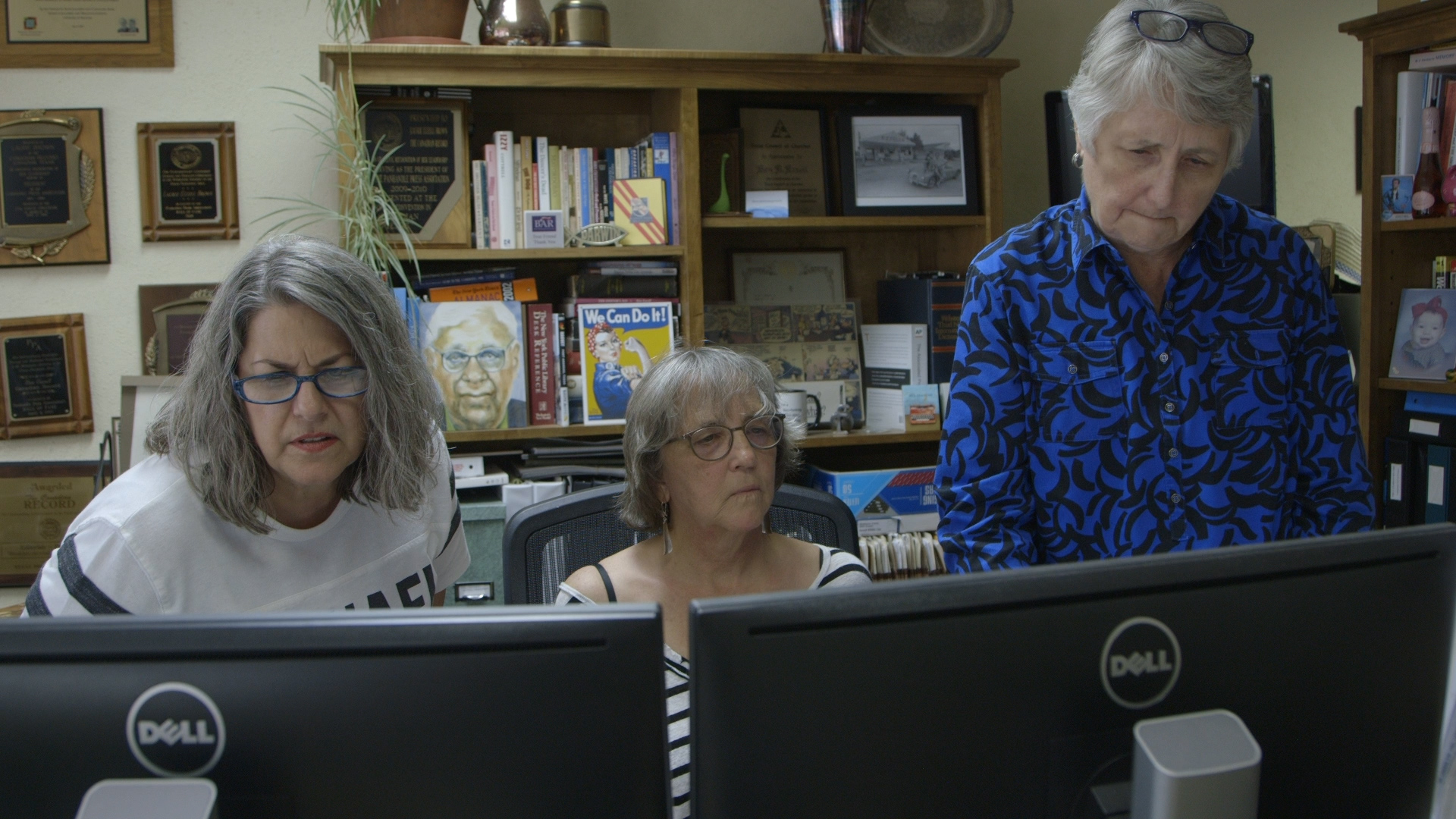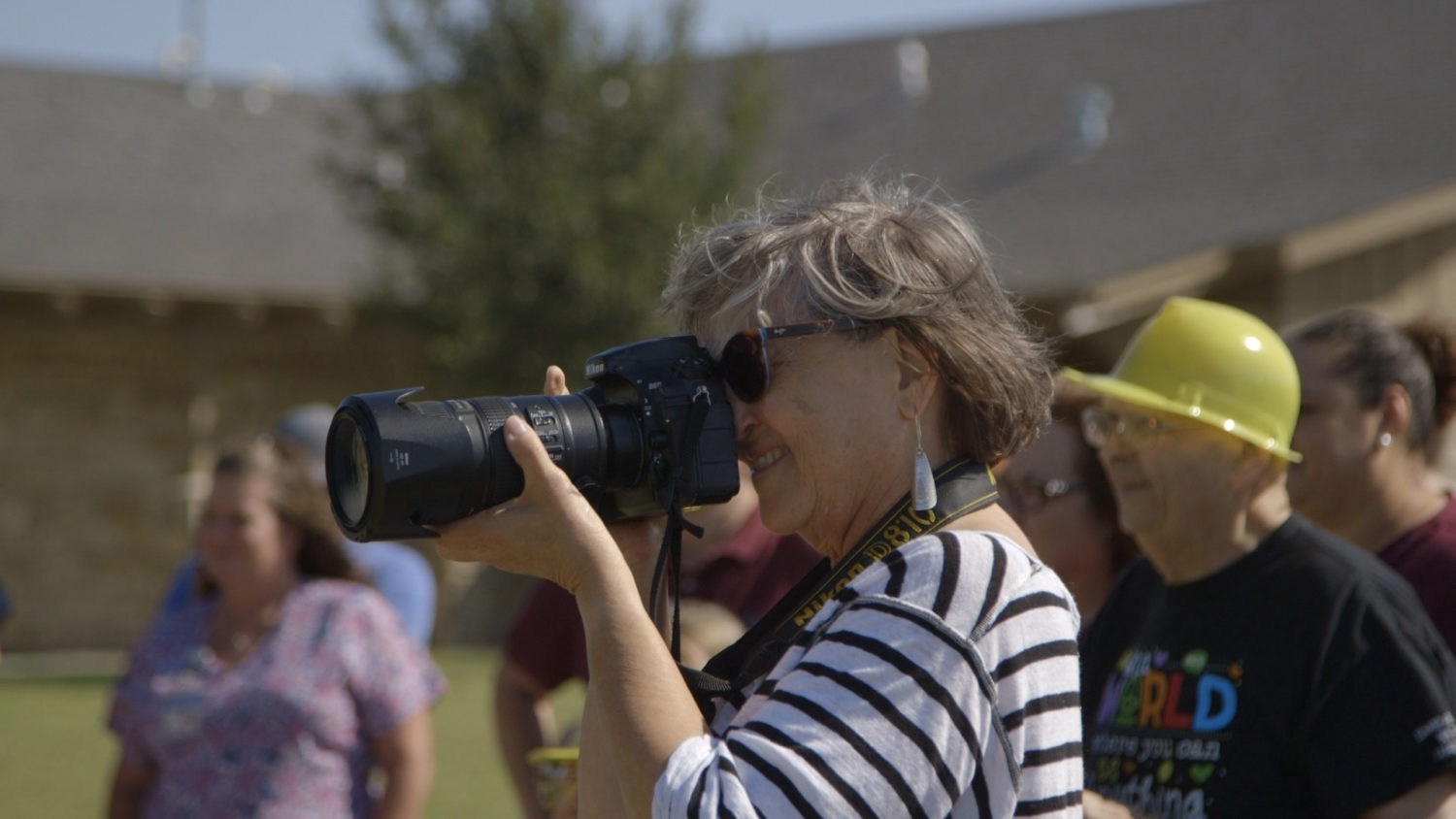The end of Laurie Ezzell Brown’s storied career in journalism has a price tag.
Brown is editor, publisher and owner of The Canadian Record, which, despite its name, is a weekly newspaper in the Texas Panhandle, serving the town of Canadian in Hemphill County since 1893. Her family has owned the paper since the 1940s, and she took over as editor and publisher in 1993. Brown is ready to retire, but her son isn’t interested in pursuing the family business. So she keeps producing her award-winning paper (circulation 1,613) while trying to find someone who will care about her neighbors as much as she does.
“This newspaper is about a lot more than numbers,” she said in a recent conversation about selling The Record. Still, she insists, the paper’s financial numbers aren’t bad, considering the local downturn in the oil-and-gas industry and this lingering pandemic. She’d provide more details for a serious buyer.
“Be your own boss, be a community leader,” she said. “Own your own house and make a difference.”

A still from a documentary being finished about The Canadian Record and its owner. (Courtesy: Heather Courtney)
It’s a pitch I think some journalists should consider. Most of us have spent our careers avoiding the business side, but two universities seek to identify and train the next generation of publishers. West Virginia’s NewStart initiative, funded by the John S. and James L. Knight Foundation and the Claude Worthington Benedum Foundation, launched in 2020. The University of Texas at Austin, where I teach, has just developed the Rural Journalism Pipeline Project, funded internally by the IC2 Institute. A longtime go-to on rural newspapers is Al Cross, director of Kentucky’s Institute for Rural Journalism and Community Issues.
“Everyone’s so focused on creating something new, going the startup route,” said Jim Iovino, director of NewStart, which offers an online master’s and a certificate program for budding newspaper publishers, many of whom they help obtain funding. “What they don’t understand is it’s going to take them three to five years, probably, if not more, to get to the same level where these newspapers currently are in their community with the trust factor.”
Independently owned weekly newspapers are the mom-and-pop shops of journalism. Community engagement is a given; you will cover your children’s principals and coaches. Done right, it fits what The Amarillo Globe-News wrote in a 2013 obituary of Nancy Ezzell, Brown’s mother: “The Ezzells turned the newspaper into not only blanket coverage of the community, but provided a strong editorial stance that was not always popular, but always was honest with Canadian residents.”
Award-winning filmmaker Heather Courtney, captivated by Laurie Ezzell Brown’s continued dedication, is making a documentary about The Record.
“I first approached Laurie back in 2017. Having grown up in a rural town, I was interested in the importance of small local newspapers at a time when many were closing,” Courtney said. “After spending just a day at The Record, I knew I wanted to tell the story of Laurie’s tireless effort to keep the paper alive, and of a community that loves and depends on their paper even when they don’t always agree with its politics.”

A still from a documentary being finished about The Canadian Record and its owner. (Courtesy: Heather Courtney)
Most weeklies have a staff of two to five, including lowly paid full-timers or part-timers. Just like at larger media companies, profit is in ownership. Jim Moser, president of Moser Community Media, estimates a newspaper in a rural Texas county of 15,000 people can bring in $450,000 a year in revenue. “A publisher at a larger weekly can make $85,000 a year, plus bonuses,” he said.
Those figures explain why Mike Hodges, executive director of the Texas Press Association, calls the succession gap a greater threat to Texas journalism than the downshifting economics of the newspaper industry. He said rural journalism is doing all right in the state, but he constantly gets calls from aging owners about to shut down their papers because they can’t find buyers.
“I think a large part of the succession issue is this constant narrative that newspapers are dying,” said Iovino, also involved in finding a buyer for The Record. “And people hear that over and over and over again, and you start to believe it: ‘Oh well, that must be true. I’ve heard that numerous times so that’s probably not something that I want to invest in.’”
“Instead of focusing on the death of newspapers,” Iovino said people need to “dig down a little bit deeper and see the underlying business, how it’s profitable in many cases. There are good bones.”
These newspapers often have been published for more than a century. “Any business would love to have that sort of longevity, that brand awareness within a community,” Iovino said. “So to start something new, you’re starting from zero. You can do it, but you’re going to take all of your time and effort trying to build that instead of where you could spend it if you purchase a newspaper.”
West Virginia’s NewStart initiative, which provides classes in entrepreneurship and innovation, is holding info sessions for its master’s and certificate programs on March 22, March 29 and April 5. UT-Austin is willing to help fund a NewStart enrollee as a potential buyer of Texas papers like The Canadian (contact us at ruralpubpipeline@austin.utexas.edu). Owners like Brown are willing to ensure their successors get acclimated into the business and the community.
“No one will get rich,” Moser said, “but you can make a good living and be an important part of a community.”
No one in the Canadian community who is serious about journalism wants to buy The Record. But whenever Brown brings up retirement and walking away from it, she said, “The response is no, you can’t sell!” But she will. You could be the one she’s been waiting for.







